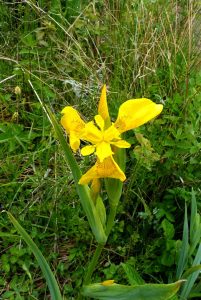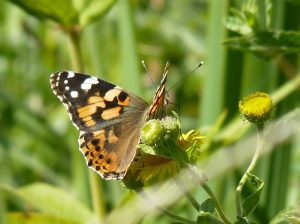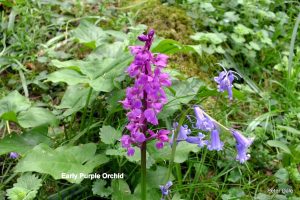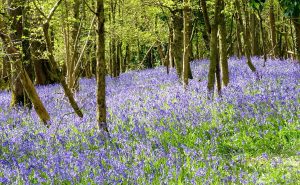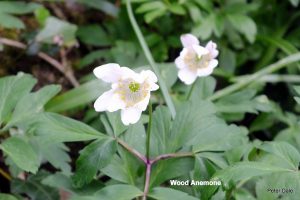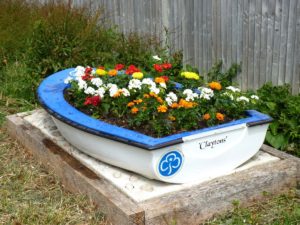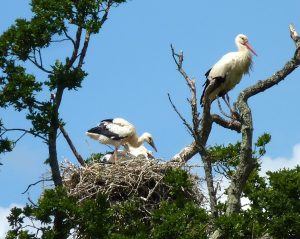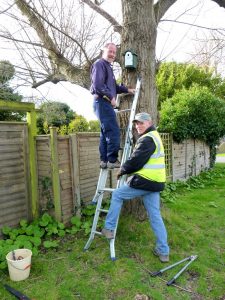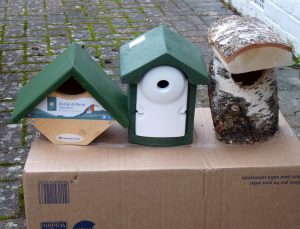On a very sunny Friday 17th June, some 20 members of Ferring Conservation Group 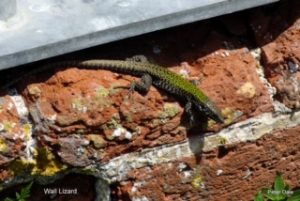 met at Shoreham Fort mainly to look at plants growing on the vegetated shingle, one of the few places in the country where this eco-system is found.
met at Shoreham Fort mainly to look at plants growing on the vegetated shingle, one of the few places in the country where this eco-system is found.
Led by Graham Tuppen members were able to find 16 of the 18 plants on their list, including Sea Kale, Red Valerian, Common and Tree Mallow, Yellow Horned Poppy, Vipers Bugloss, Kidney Vetch, Silver Ragwort, Purple Toadflax, Thrift, and Starry-headed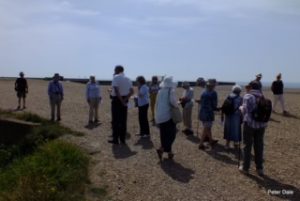 Clover. Surprisingly, given the sunny weather, the only butterfly seen was a painted lady but several wall and sand lizards were evident.
Clover. Surprisingly, given the sunny weather, the only butterfly seen was a painted lady but several wall and sand lizards were evident.
The speaker at the Group’s June meeting was Kevin Newman, a local historian, tour guide and author of a wide range of books on Sussex. His subject was ‘Scrumptious Sussex’, taking members on a tour of the county East and West, showing images of historic pubs, hotels, restaurants and breweries and telling fascinating stories about Sussex specialities of food and drink, and the people who consumed them.
As in Worthing town’s motto, ‘From the earth fullness, from the sea good health’, Kevin pointed to Sussex agriculture and Sussex fisheries as what sustained the county and its many visitors past and present. Eating and drinking was always important for social occasions and celebrations, as a picture of a VE Day street party showed, and an essential component of the attraction of resorts like Brighton and Worthing.
Seaside fish and chips, he said, was brought to Britain by Jewish immigrants from eastern Europe, and the first curry house in Britain was opened in Brighton, as well as the first fast food establishment and the first rooftop restaurant. And the popular dessert, ‘Banoffee pie’ was invented by Ian Dowding, a chef at a restaurant in Jevington, East Sussex, in 1971.
Brighton, he said, was always an important centre for food and drink – for its fishing as well as its prodigious consumption. Long before its seaside trade, the by the Prince Regent (later George IV).
After the talk, Graham Tuppen showed slides of the vegetated shingle at Shoreham Beach, which a number of Group members had visited the previous day (please see above).
Ed Miller concluded the meeting with an update on the planning issues in and around Ferring: Including the six housing estates that developers propose for the green gaps, the commercial development up McIntyre’s Lane as well as a new application for a house in Grange Park – to be built in three storeys and in a totally unsympathetic modernist design, both overlooking and overbearing on its neighbours.

